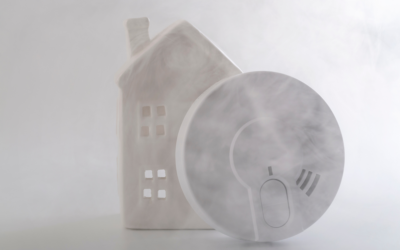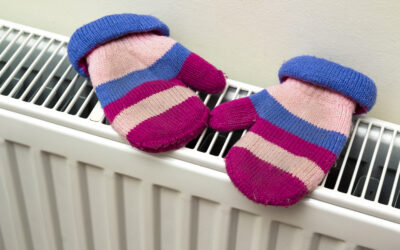Heating your home is a significant contributor to energy consumption and often constitutes approximately 29% of your utility bill. Whether you have a conventional heating system or utilize alternative methods, saving money and enhancing comfort is achievable through proper maintenance and upgrades. It’s important to note that while an energy-efficient furnace is beneficial, adopting a whole-house approach yields more substantial savings, reaching up to 30% on energy bills and contributing to reduced environmental emissions.
Practical Heating Tips to Maximize Efficiency
Thermostat Management:
- For conventional heating systems, set your programmable thermostat to the lowest comfortable temperature in winter, adjusting it even lower when sleeping or away.
- Heat pump systems operate efficiently with a “set it and forget it” approach, maintaining a reasonable temperature.
Regular Maintenance:
- Clean or replace furnace filters monthly or as recommended.
- Ensure warm-air registers, baseboard heaters, and radiators are clean and unobstructed.
- Eliminate trapped air from hot-water radiators periodically, seeking professional assistance if needed.
Enhance Heat Distribution:
- Place heat-resistant radiator reflectors between exterior walls and radiators.
- Keep draperies and shades on south-facing windows open during the day for sunlight, closing them at night to reduce cold from windows.
Efficient Appliance Usage:
- Turn off kitchen, bath, and exhaust fans within 20 minutes after cooking or bathing.
- Consider high-efficiency, low-noise exhaust fan models when replacing.
Smart Purchases:
- Select energy-efficient products when buying new heating equipment, consulting your contractor for energy fact sheets and considering the ENERGY STAR label.
Different Types of Heating
Active Solar Heating:
- Description: Active solar heating is a method that harnesses sunlight to provide warmth for residential or commercial spaces. It involves the use of solar collectors, such as solar panels or air systems, to capture and convert solar energy into heat. This system is particularly effective in regions with ample sunlight.
Electric Resistance Heating:
- Description: Electric resistance heating relies on electrical resistance to generate heat. It is often used for specific heating needs, such as heating a room infrequently or when extending other heating systems may be costly. While effective, it can be more expensive to operate compared to some other heating methods.
Furnaces and Boilers:
- Description: Furnaces and boilers are common heating systems in many homes. Furnaces heat air and distribute it through ducts, while boilers heat water and provide either steam or hot water for heating. High-efficiency models of furnaces and boilers are available, offering improved energy efficiency.
Wood and Pellet Heating:
- Description: Wood and pellet heating involve the use of renewable fuel sources, such as wood or compressed wood pellets, to generate heat. Modern stoves designed for burning wood or pellets are efficient and provide an environmentally friendly alternative to traditional heating methods.
Heat Distribution Systems:
- Description: Heat distribution systems refer to the methods used to distribute warmth generated by heating systems throughout a building. This can include forced-air systems with ducts, radiant heating systems that heat surfaces directly, or other mechanisms to ensure even and effective distribution of heat.
Radiant Heating:
- Description: Radiant heating is a method where heat is supplied directly to the floor, walls, or ceiling of a building. It offers a comfortable and efficient way to warm spaces, eliminating the sensation of cold floors commonly experienced with some other heating systems.
Small Space Heaters:
- Description: Small space heaters are compact heating devices designed for supplemental or occasional heating of specific areas. They are portable and can be used to provide extra warmth in rooms where the main heating system may not be sufficient. Proper installation and operation are essential for safety.
Each of these heating systems has its advantages and considerations. The choice of a heating system depends on factors such as climate, energy efficiency, cost, and individual preferences. It’s important to select a system that aligns with your specific needs and contributes to overall energy savings. In Arkansas and Texas, the most common form of heating is Furnaces and Boilers. If you’re in need of a new heating system, or simply need some maintenance done, reach out today for personalized advice.




